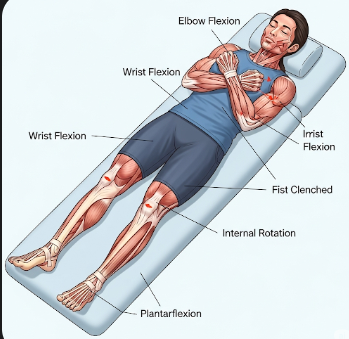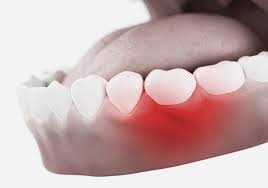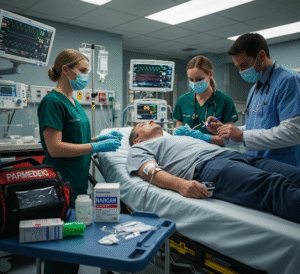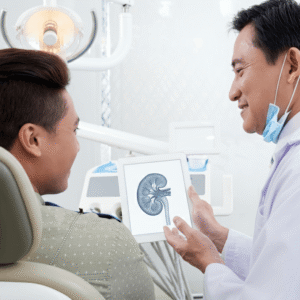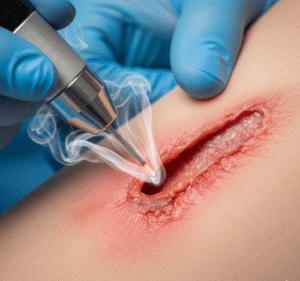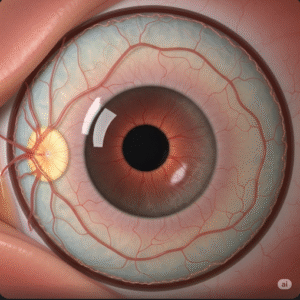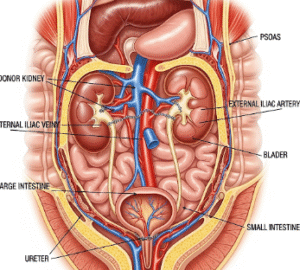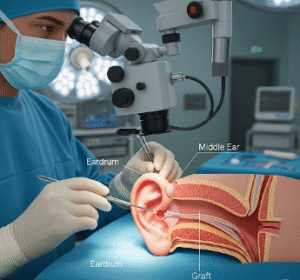Overview
Decorticate posturing is an abnormal body posture that occurs due to severe brain injury or damage above the brainstem (cerebral hemispheres, internal capsule, or thalamus). It is characterized by stiff flexion of the arms toward the chest, clenched fists, and extended legs.
This posture is a sign of serious neurological dysfunction and is often seen in patients with coma, traumatic brain injury, or severe brain disease. Like decerebrate posturing, it indicates a medical emergency that requires urgent hospitalization.
In Korea, decorticate posturing is treated in specialized neurology and neurosurgery hospitals, where ICU care, advanced imaging, and emergency surgical interventions are available.
Key Facts
Highlights:
➡️ A sign of damage above the brainstem (cerebral hemispheres, thalamus, or internal capsule).
➡️ The arms flex tightly toward the chest, while legs remain stiff and extended.
➡️ Usually occurs in coma patients after severe brain injury.
➡️ May progress to decerebrate posturing if the brain injury worsens.
➡️ Requires immediate emergency care in a hospital.
What is Decorticate Posturing?
Decorticate posturing is an involuntary abnormal motor response to painful stimuli or brain dysfunction. It reflects damage to the corticospinal tracts above the red nucleus.
Key Features:
- Arms: Flexed and adducted toward the chest, wrists and fingers flexed.
- Legs: Extended, rotated inward, and stiff.
- Head/Neck: May tilt backward.
- Fists: Often clenched tightly.
- Triggered by pain, stimulation, or spontaneously in coma.
It is considered slightly less severe than decerebrate posturing, but both suggest major brain damage.
What Symptoms are Related to Decorticate Posturing?
Decorticate posturing does not occur alone—it is usually seen with other symptoms of serious brain dysfunction:
- Unconsciousness or coma
- Abnormal breathing patterns
- Seizures
- Abnormal pupil reactions
- Weak or absent reflexes
- Increased muscle rigidity
- Possible progression to decerebrate posturing
Highlights:
➡️ Always associated with severe neurological damage.
➡️ May indicate progressive brain swelling or deterioration.
What Causes / Possible Causes of Decorticate Posturing?
Highlights:
➡️ Traumatic brain injury (severe head trauma).
➡️ Stroke (affecting large areas of the brain).
➡️ Brain hemorrhage (bleeding inside the brain).
➡️ Brain tumors compressing upper brain structures.
➡️ Cerebral edema (severe brain swelling).
➡️ Infections (encephalitis, meningitis).
➡️ Hypoxia (lack of oxygen to the brain).
➡️ Metabolic imbalances or toxins (liver failure, electrolyte abnormalities).
When Should I See My Doctor?
Decorticate posturing is a medical emergency that requires immediate hospital care.
Highlights:
➡️ If someone shows arms flexed to chest with stiff legs after head trauma.
➡️ If the posture occurs in a coma or unresponsive patient.
➡️ If associated with seizures, abnormal breathing, or dilated pupils.
➡️ Immediate emergency neurology/neurosurgery care is essential.
Care and Treatment
Treatment focuses on life-saving measures and treating the underlying cause.
Highlights:
➡️ Emergency Stabilization
- Airway management, oxygen, and ventilatory support.
- IV fluids and medications to stabilize circulation.
- Admission to an ICU.
➡️ Medical Management
- Drugs to reduce intracranial pressure (mannitol, hypertonic saline).
- Anticonvulsants for seizures.
- Antibiotics or antivirals if infection-related.
- Correction of metabolic and electrolyte imbalances.
➡️ Surgical Options
- Craniotomy or clot evacuation in hemorrhage cases.
- Tumor removal if compressing brain structures.
- Ventricular shunts for hydrocephalus.
➡️ Rehabilitation
- If survival is achieved, intensive neurorehabilitation with physical, occupational, and speech therapy.
Treatment Options in Korea
Korea provides some of the most advanced neurology and neurosurgery care in Asia, with internationally recognized hospitals for brain injury treatment.
Highlights:
➡️ Emergency Trauma & Stroke Centers with rapid intervention systems.
➡️ Advanced Imaging (CT, MRI, PET) for accurate diagnosis.
➡️ Neuro-ICUs with continuous brain function monitoring.
➡️ World-class neurosurgical expertise for hemorrhage, tumors, and swelling.
➡️ Cutting-edge rehabilitation centers with robotic therapy and neuro-rehab technology.
➡️ International Patient Support for foreigners seeking urgent neurological care.

